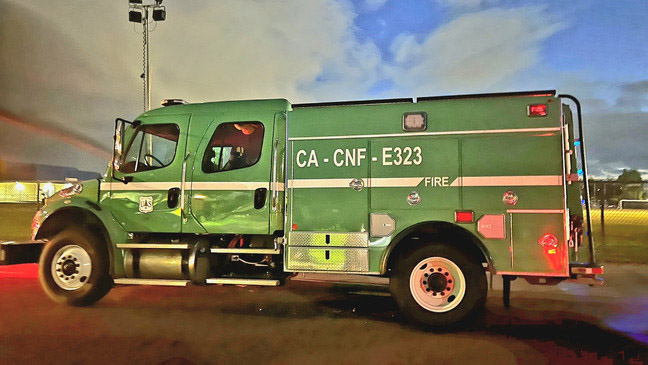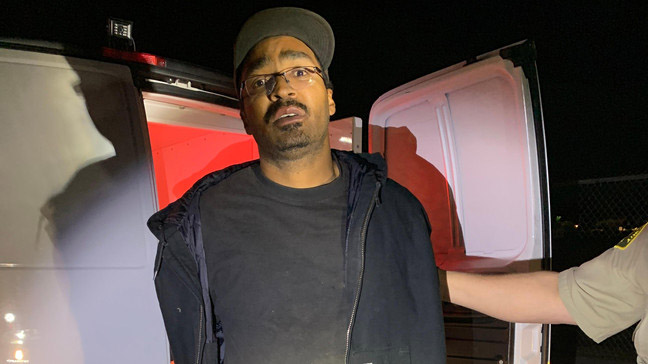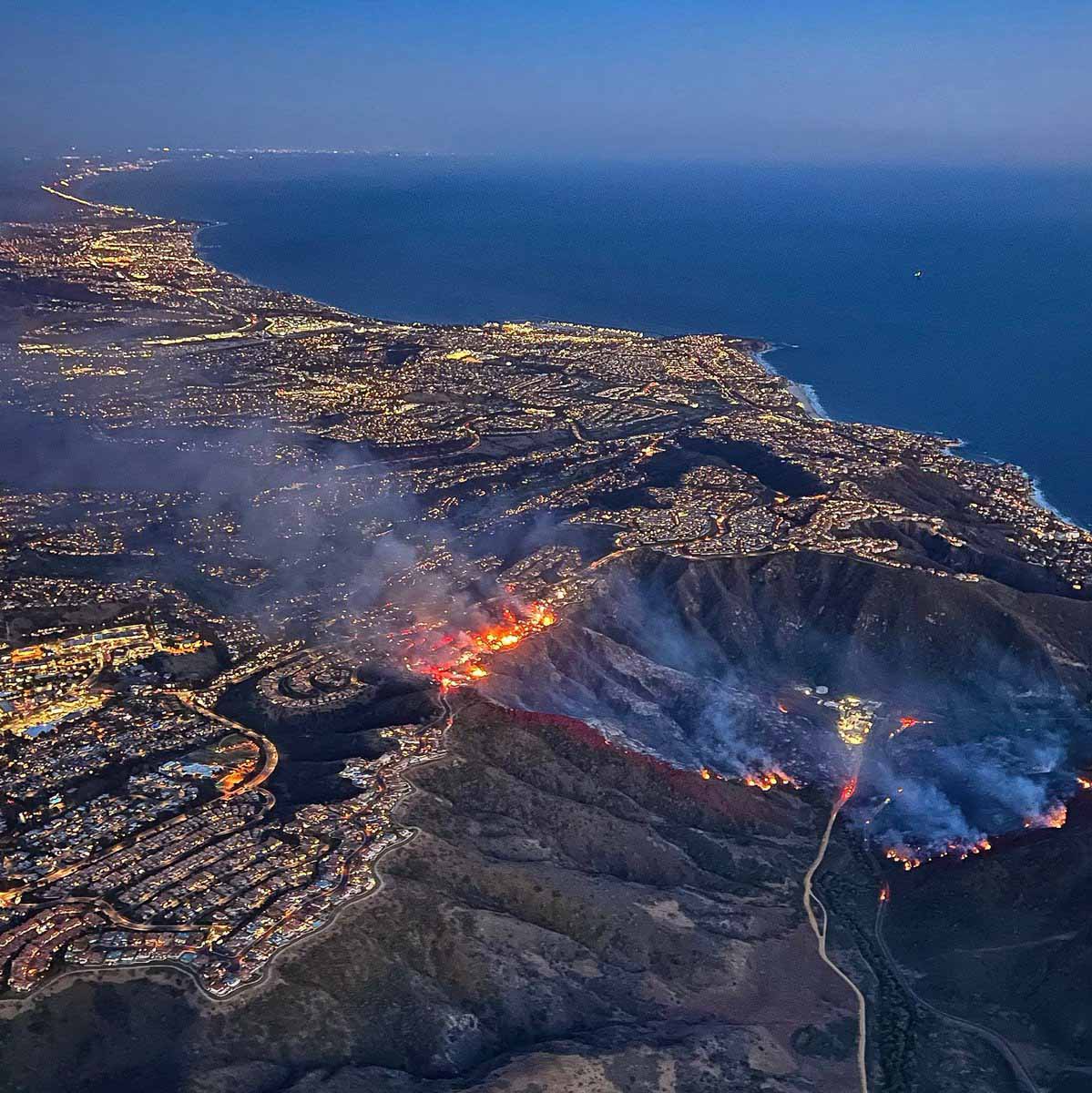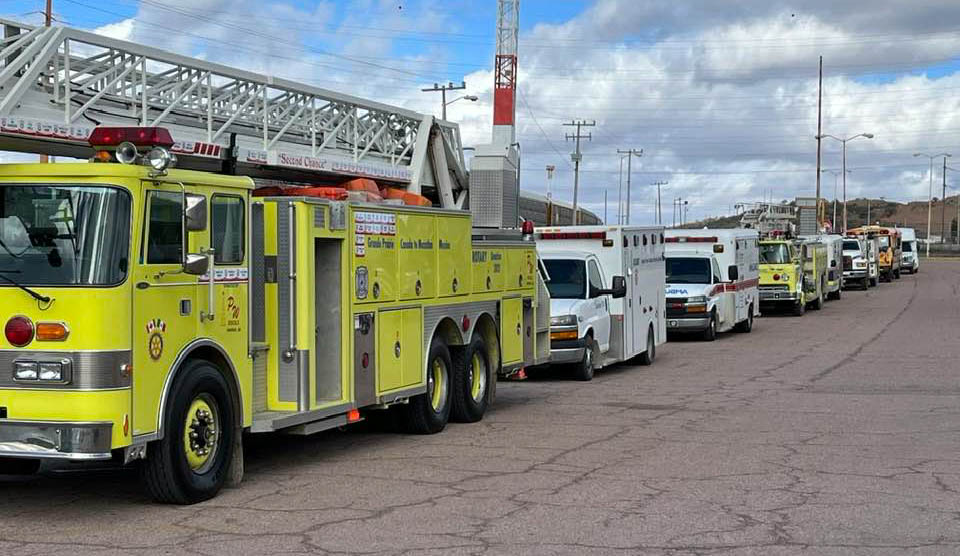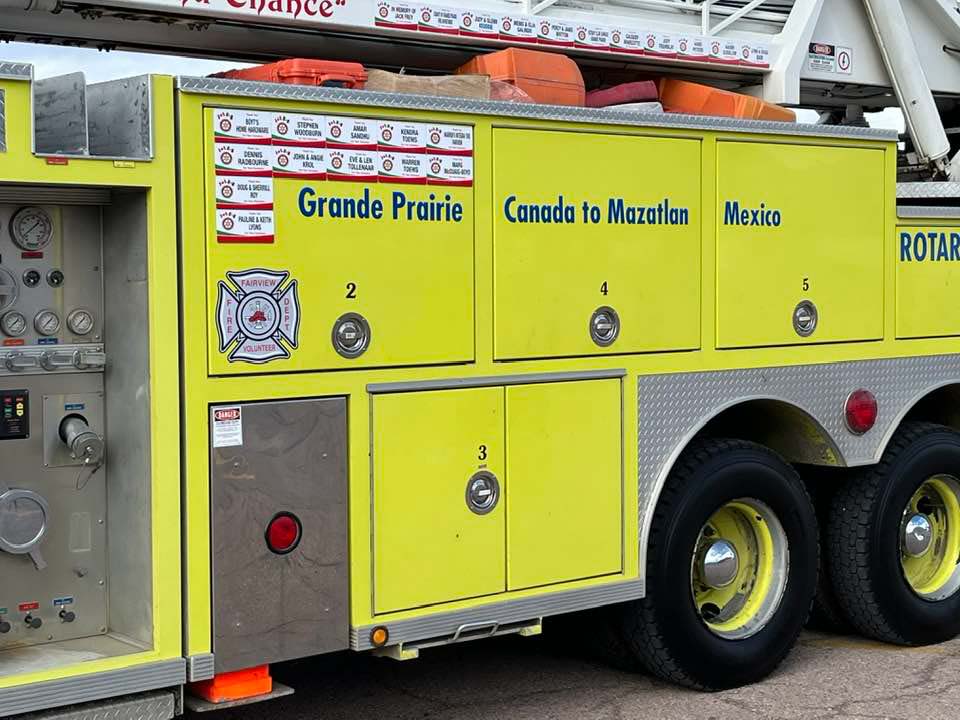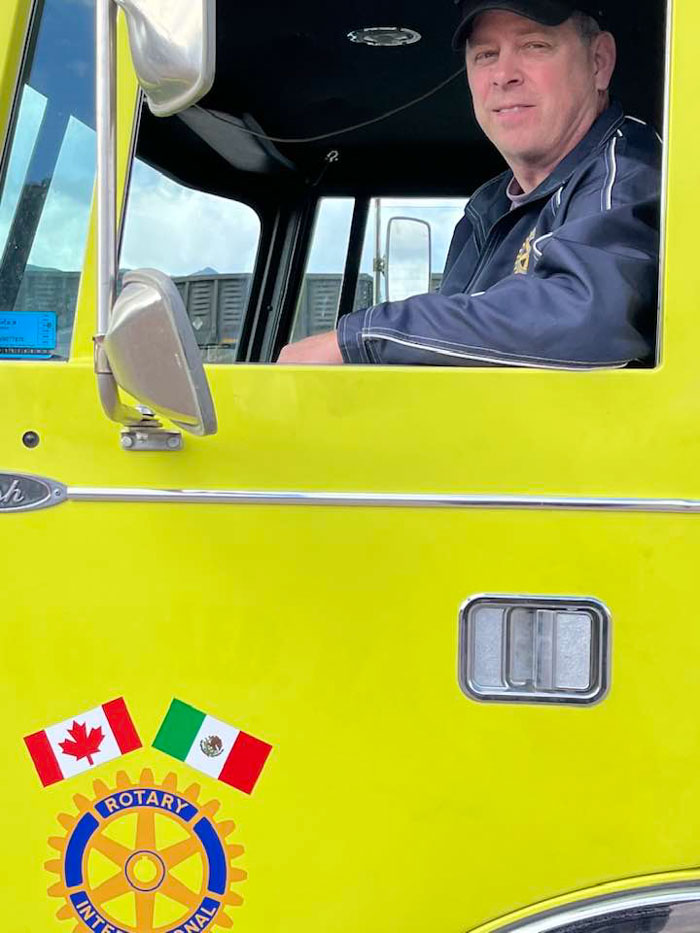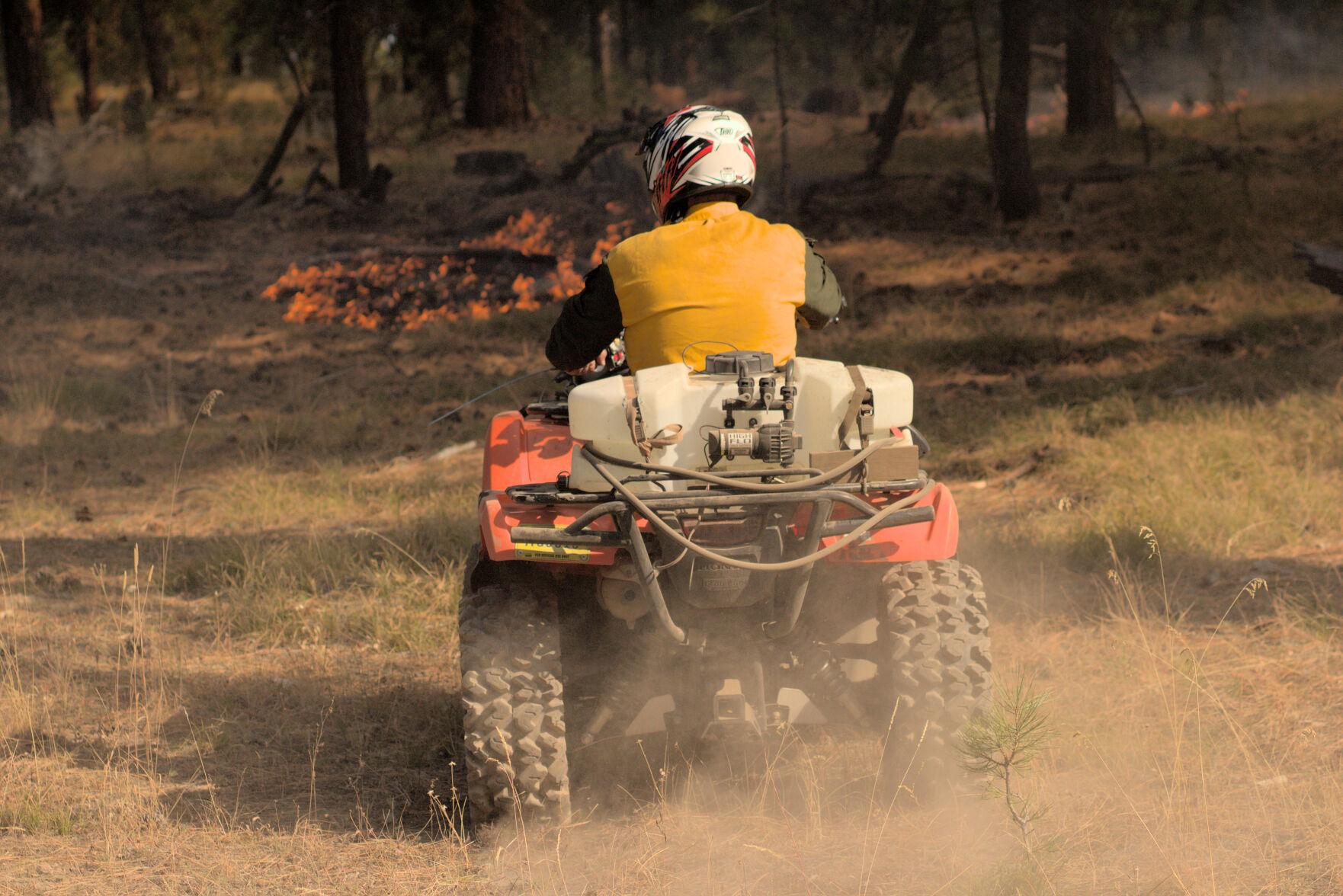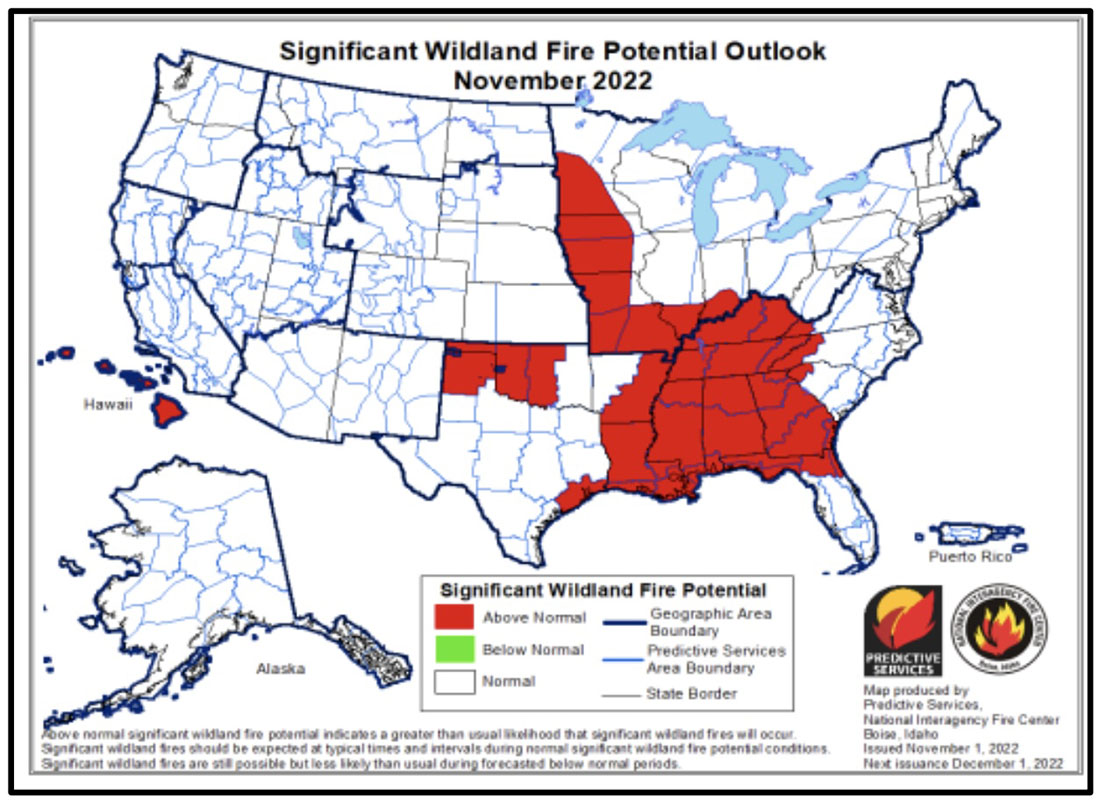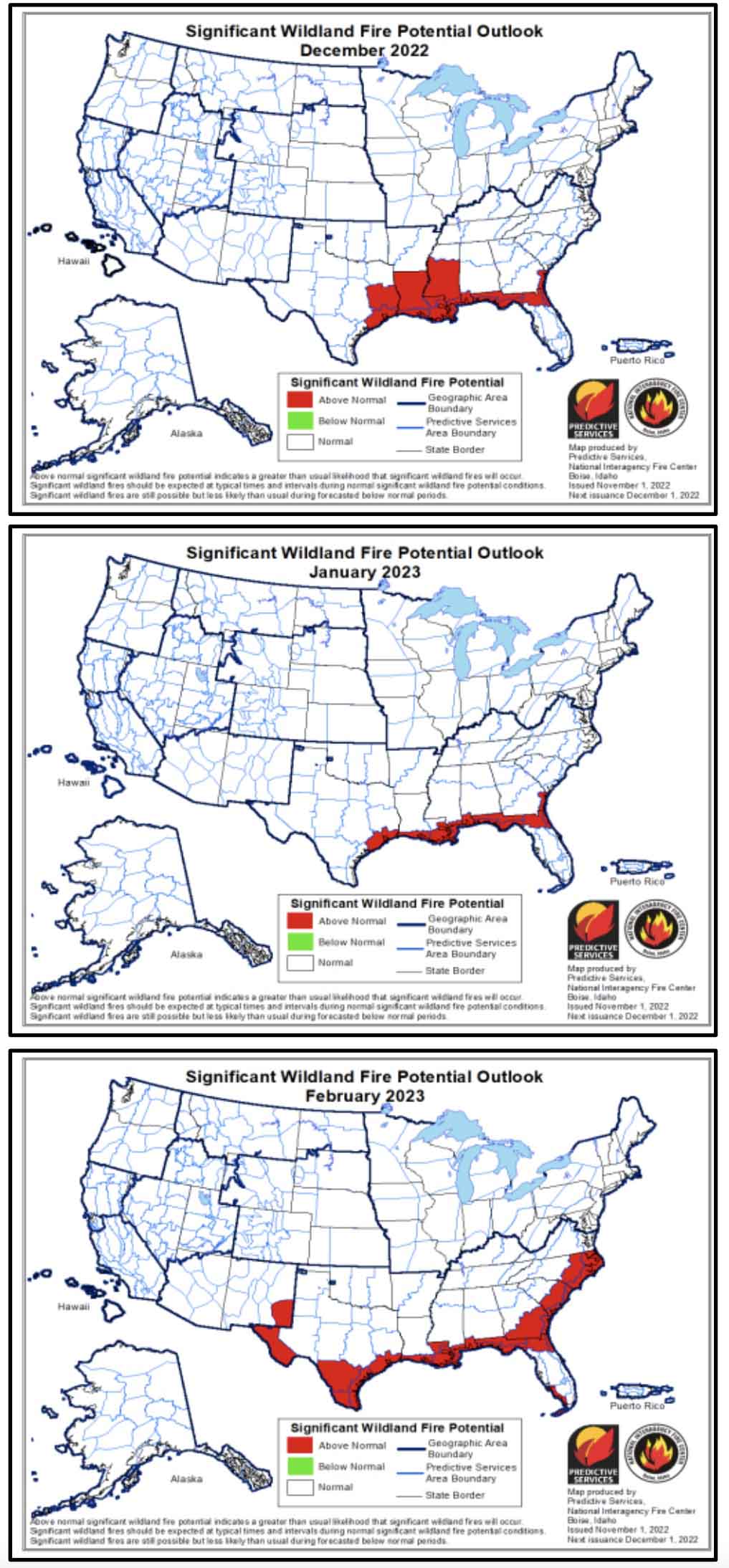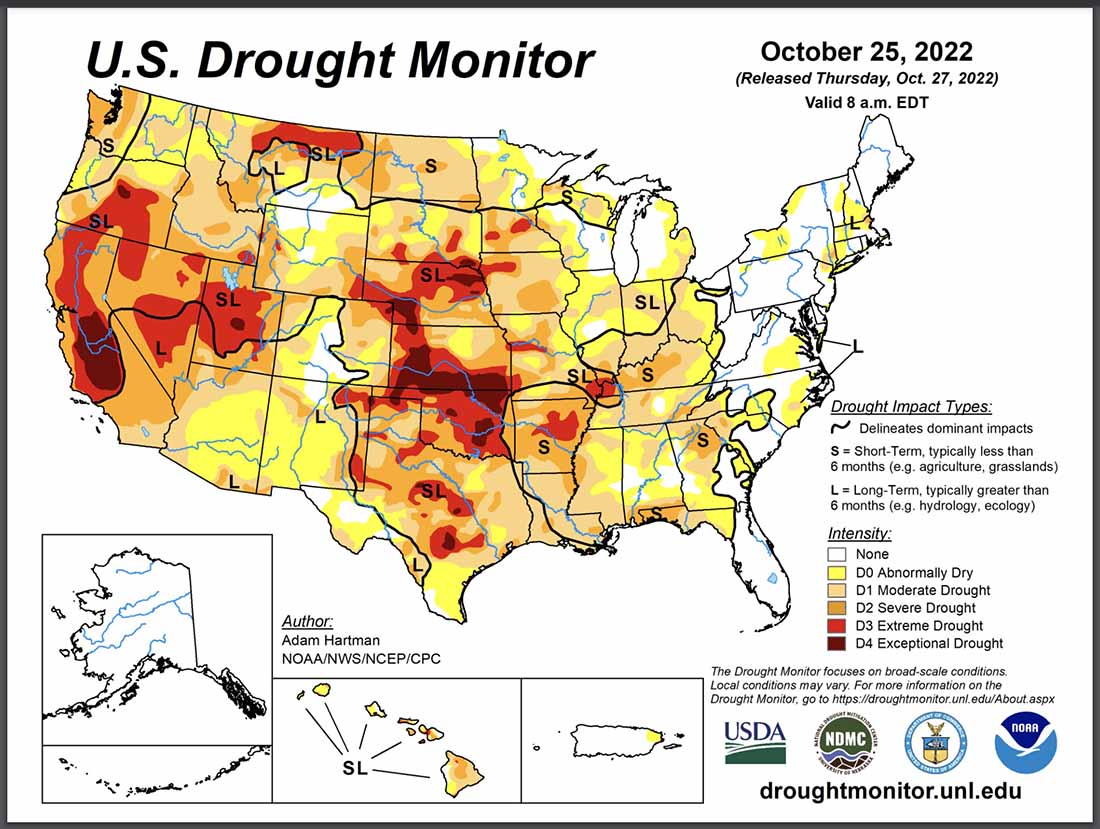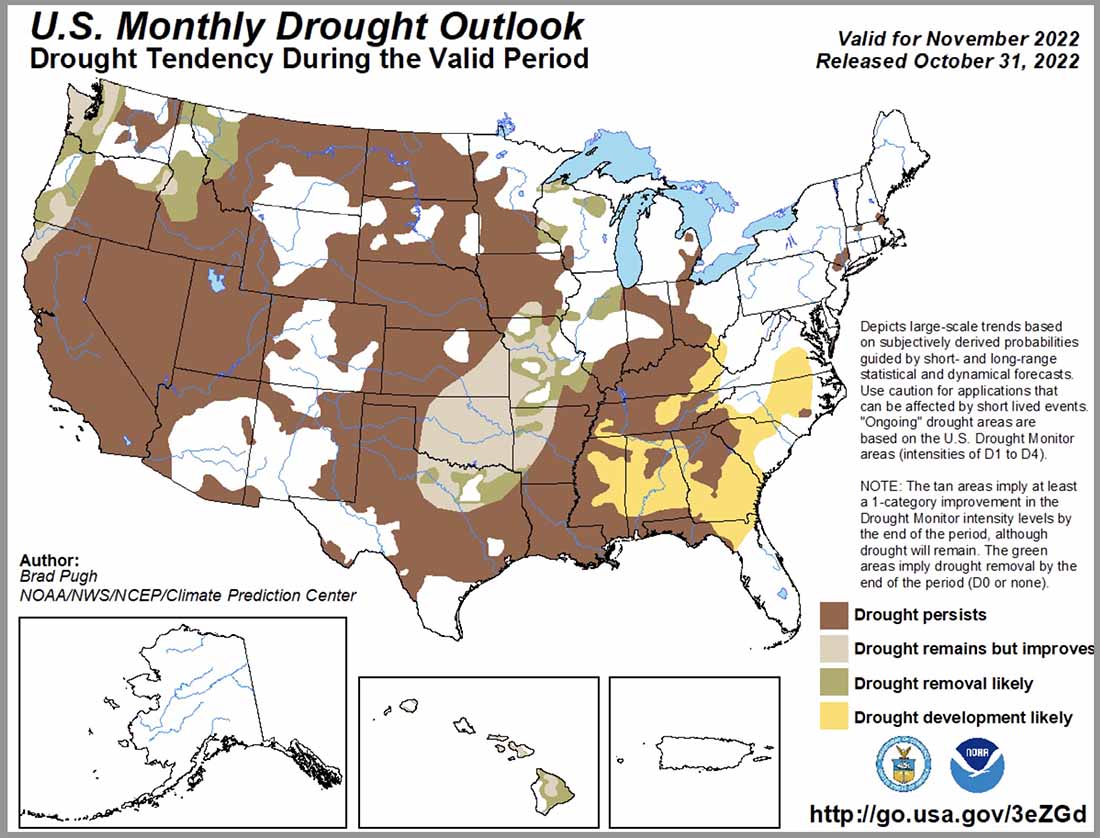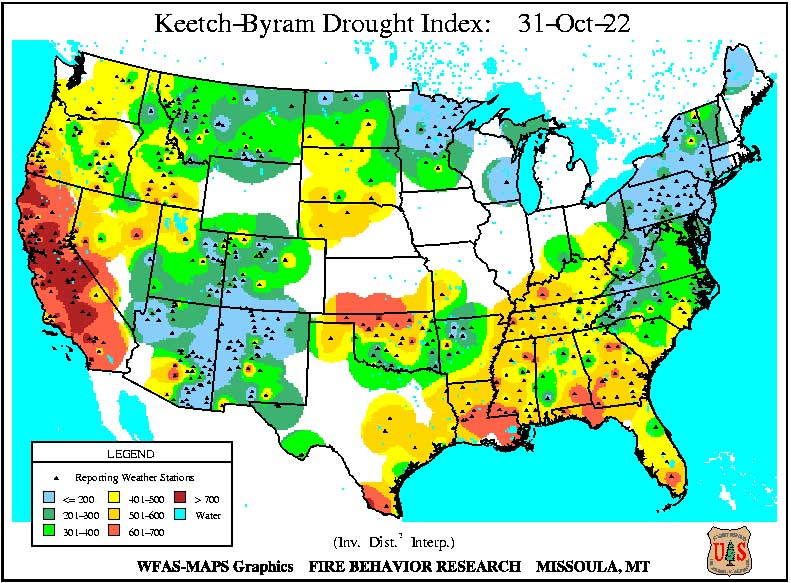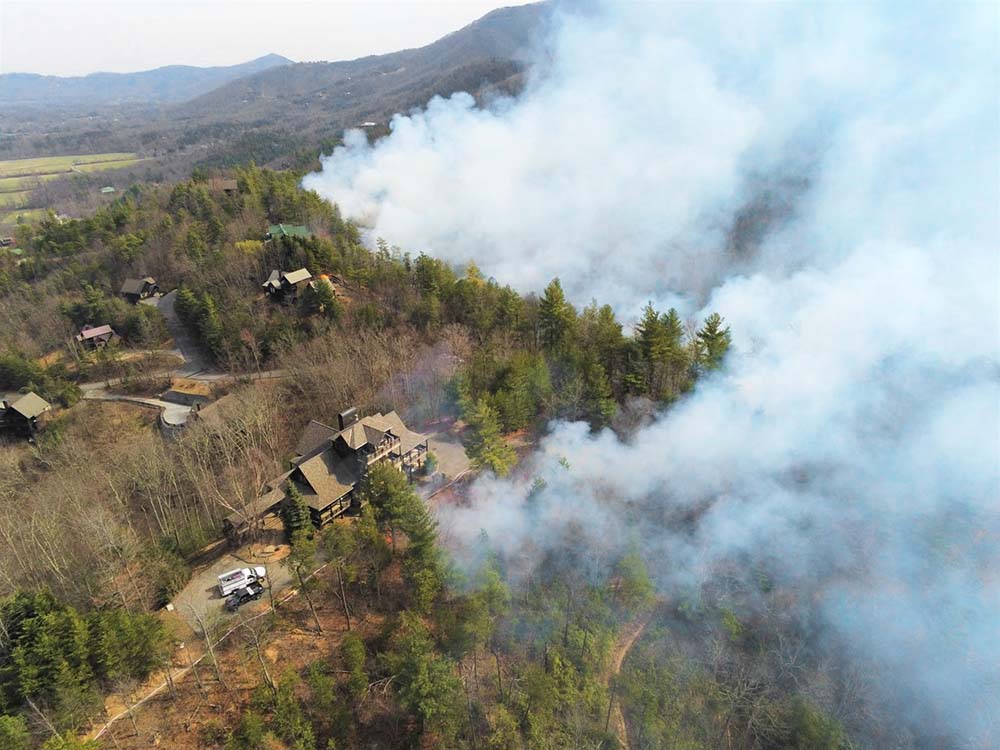
The Joint Fire Science Program is offering grants for research into topics that can lead to more effective treatment of fuels. Examples include:
- Longevity of fuel treatment effectiveness under climate change;
- Fuels treatment effectiveness across landscapes;
- Pre-fire management actions for reducing post-fire hazards; and
- Social and political factors that influence fire suppression and rehabilitation costs.
The funding amounts for each of the four projects is expected to range from $300,000 to $500,000.
The new grant opportunities stem from the Bipartisan Infrastructure Law to advance research into wildfire prevention and post-fire restoration on federal lands.
The Joint Fire Science Program is accepting applications for grants to research innovative fuels treatments and post-fire rehabilitation efforts through Dec. 20, 2022, for fiscal year 2023.
Funding opportunities for wildland fire research priorities are posted on the Joint Fire Science Program’s website.
“With increasing wildfire activity due to climate change, it is imperative we fund research to better understand how to manage fire prone landscapes now and into the future,” said Grant Beebe, Bureau of Land Management assistant director of fire and aviation, based at the National Interagency Fire Center. “The Joint Fire Science Program brings the science and management community together in a unique, collaborative manner so that research can be used to make sound decisions on the ground.”
This funding is in addition to $3.4 billion in wildfire suppression and mitigation included in the Bipartisan Infrastructure Law.
This includes investments such as:
• $600 million to increase federal firefighter salaries by up to $20,000/year and convert at least 1,000 seasonal firefighters to year-round positions.
• $500 million for hazardous fuels mitigation.
• $500 million for prescribed fires.
• $500 million for communities to implement their community wildfire defense plan, a collaborative plan to address local hazards and risks from wildfire.
• $500 million for developing control locations and installing fuel breaks.
• $100 million for preplanning fire response workshops and workforce training.
• $40 million for radio frequency interoperability and to create Reverse-911 systems.
• $20 million for NOAA to create a satellite that rapidly detects fires in areas the federal government has financial responsibility.
• $10 million to procure real-time wildfire detection and monitoring equipment in high-risk or post-burn areas.

